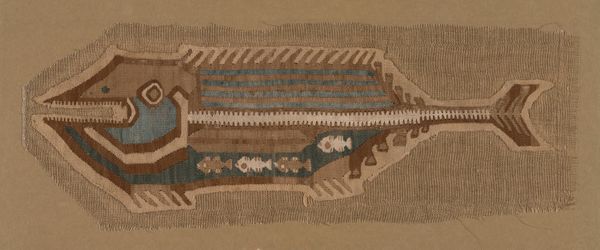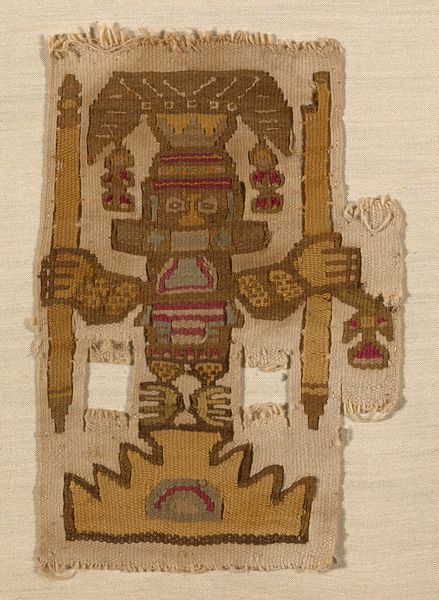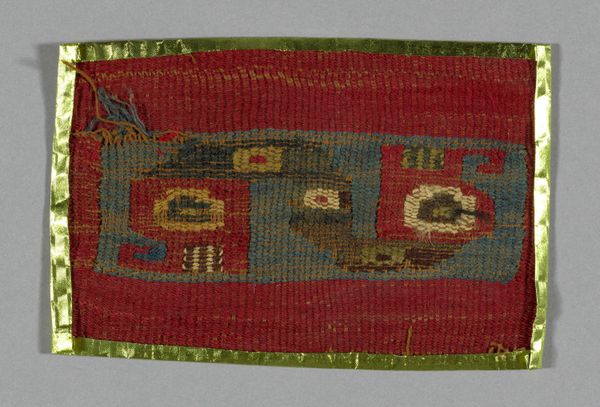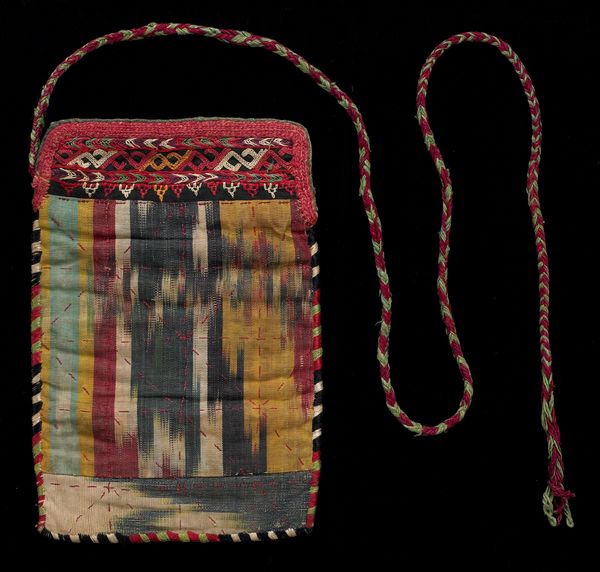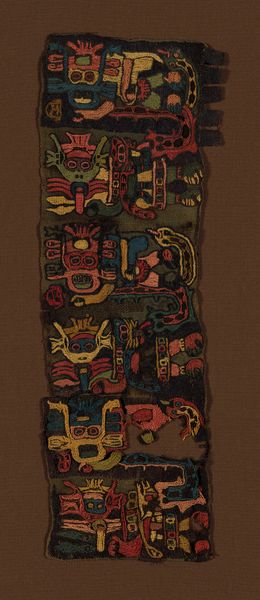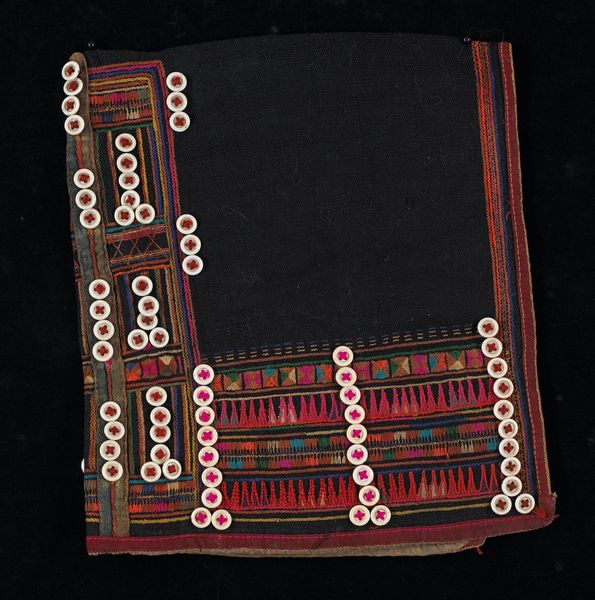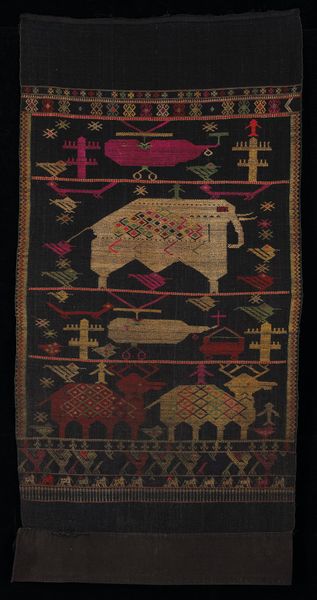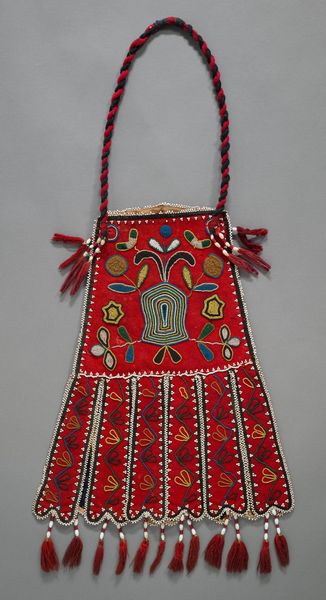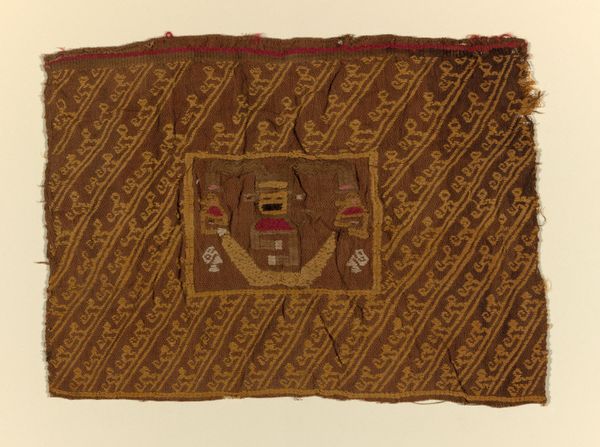
weaving, textile
#
weaving
#
textile
#
folk art
#
geometric pattern
#
ethnic pattern
#
geometric
#
indigenous-americas
Dimensions: 44.5 × 74.6 cm (17 1/2 × 29 3/8 in.)
Copyright: Public Domain
Editor: This is an exquisite textile, a Tunic made by the Lambayeque people sometime between 1000 and 1476. The weaving and the geometric patterns have a meditative, almost hypnotic quality. How do you interpret this work, given its cultural context? Curator: Well, first it's important to recognize that textiles like this weren’t just clothing; they were potent symbols of status and power in Andean societies. The geometric patterns, seemingly abstract to our eyes, likely held complex ideological and religious meanings for the Lambayeque. Considering that this dates from a period of significant social stratification, who do you imagine wore this garment and what message might it have conveyed? Editor: I imagine someone important. Given the labor involved in creating something this intricate, it would have signaled elite status, maybe even a connection to the divine? Curator: Precisely. Textiles were deeply intertwined with the socio-political structure. Think about the appropriation of Indigenous artistry for colonialist or capitalist gains today – how might knowing the history of pieces like this "Tunic" shift our perspective on such contemporary issues? Editor: It definitely adds another layer, a painful reminder of how Indigenous artistry is so often divorced from its original context and meaning. We need to understand the original purpose and social dynamics to truly appreciate such works. Curator: Exactly! The dialogue between the past and the present encourages us to be more mindful about the historical narratives embedded in art and how those narratives continue to shape our world today. This Lambayeque tunic invites us to contemplate power, identity, and the enduring legacy of Indigenous artistic expression. Editor: This conversation reframed the way I see textiles, expanding it beyond aesthetics. Thanks! Curator: My pleasure. Thinking critically about these aspects will continue to enrich your art historical journey!
Comments
No comments
Be the first to comment and join the conversation on the ultimate creative platform.


